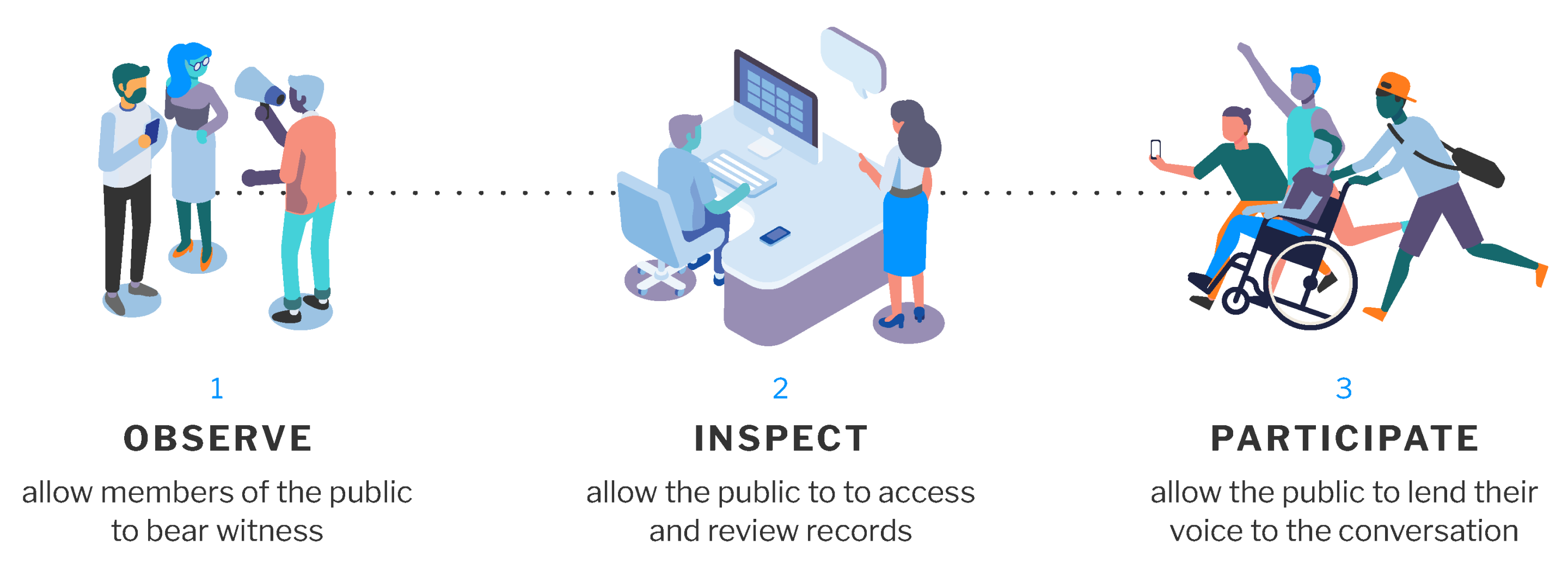
A Shift to Agile Community Engagement
The pandemic, political and civil unrest, weather related emergencies, and climate change; each of these represent some of the complex issues that require effective and responsive community engagement with the public.
The success of the experience hinges on an agile community engagement process that allows governments to “move” quickly and easily. To be agile, teams must innovate within their engagement process to challenge the status quo and shift the paradigm of how engagement is approached.
What Government Organizations Can Learn from the Private Sector
Conceptualized around software development, businesses sought ways to quickly build and release software to enable quick feedback on the “scope and direction” of their product. The success of agile principles in business can easily be translated to the government process of community engagement.
An agile community engagement model includes the following four value considerations:
Valuing people and interactions over processes and tools
Rules that require language translation upon request only at least 7 days prior to a meeting is not an agile process. This process prioritizes internal process efficiency (requesting an interpreter) not the needs of people with limited English proficiency. To be agile, governments should leverage technology to help support the immediate multilingual translation and interpretation needs.
Valuing working systems over comprehensive documentation
A system of “open government” gives every citizen the right to bear witness to the work being done, review records, and lend their voice. The potential for open government to become bogged down by open record requests, forms, and turn around delays is high. An agile approach to open meetings would allow for the needed documentation (a record of the decisions) to be easily generated for staff so that sharing is easy and/or immediately available.
Valuing collaboration over negotiation
Some community engagement approaches articulate a handful of methods a government might be planning to solicit feedback. This may include (1) an online survey, (2) a public hearing, (3) posting a draft document on the website. As part of this approach, governments will frequently “negotiate” on a case by case basis to offer print materials or accept email comments in lieu of viewing documents online or attending a hearing in person. To be agile, a multi-tactic approach that unifies the public engagement process is needed to help meet people where they are.

Responding to change over following a plan
To do this, innovation in the community engagement processes must be initiated by a shift away from linear methods to a more interactive and iterative approach.

Agile Community Engagement
A special report series written by the IBM Center for The Business of Government explains that part of building an agile government includes the movement from “creating a supply of data to creating a demand for insight that informs decision making.”
When applied to the community engagement processes, this “demand for insight” creates a culture of data-driven decision making that relies heavily on a unified engagement process that makes collecting, analyzing, and sharing data quick and easy . . . or agile.
Want to take a deeper dive into agile community engagement? Check out our webinar on how transportation decision-makers can implement an agile framework for equitable citizen engagement



